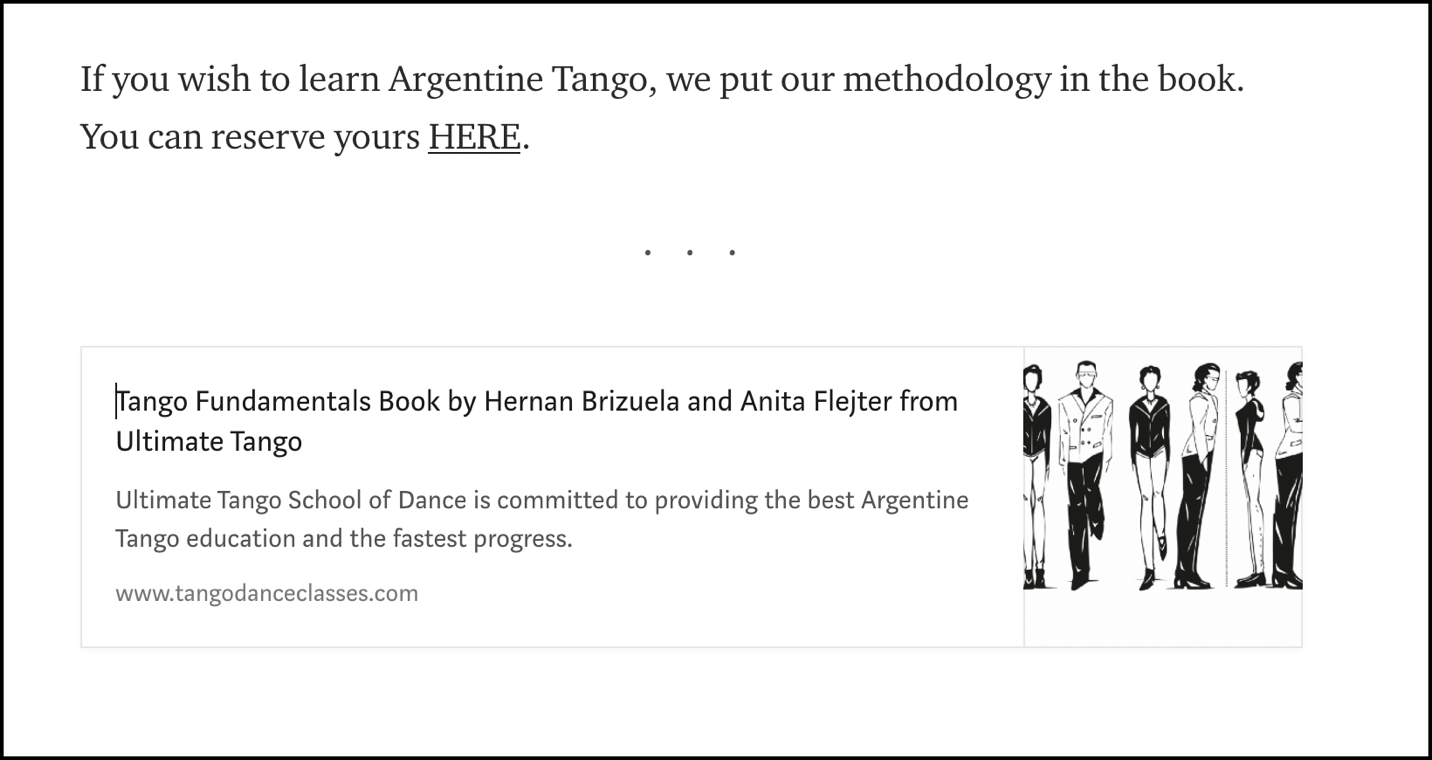It is often said that the eyes are the windows to one's soul. One simple look can convey so much intention and emotion even without words.
At the same time, a person can discern much about another by looking at them, if one looks hard enough. Such is the power of a glance or a gaze that it can, in itself, be a mystery while simultaneously being a revelation.
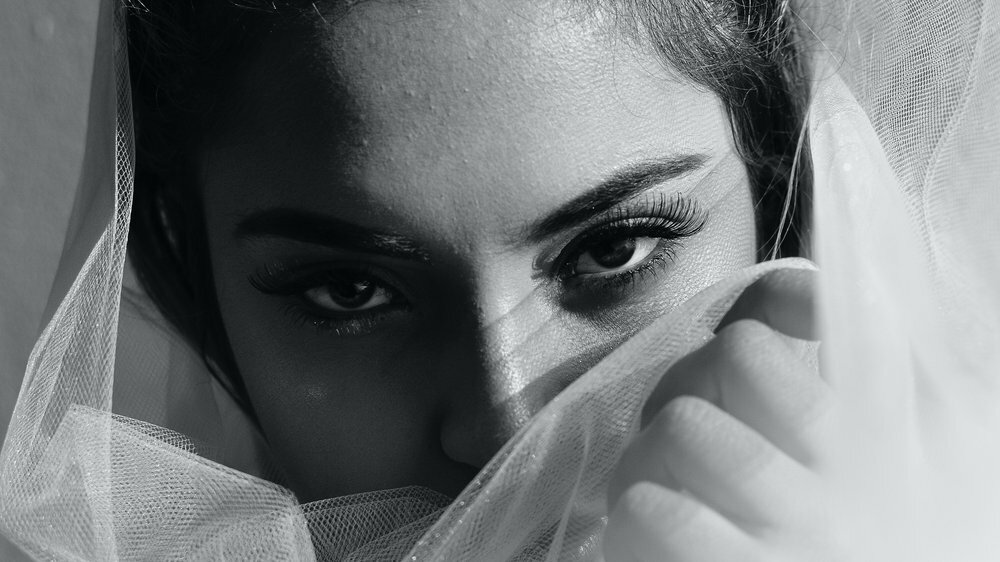
In the realm of Argentine tango, a simple look is elevated to such a degree that it has become part of traditional tango etiquette. On the dance floor, particularly in milongas, to maintain eye contact with someone is generally understood as an invitation to dance. This is the first step to what is called the cabeceo.
A post from Very Tango Store defines the cabeceo as such:
“The literal translation of cabeceo is ‘nod of the head.’ In simple terms, it is a non-verbal invitation to dance the tango from man to woman.”
“The man looks at the woman and indicates with a movement of his head that he would like to dance. If she accepts the cabeceo, she will move towards him and they will tango; if she refuses, she will look away.”
The eye contact itself has its own term: the mirada. A post from Milonga El Abrazo de Gainesville aptly describes this:
Mirada’ is looking at someone’s eyes to see if they would like to dance with you.
When you catch their eye, then you ‘cabeceo,’ which is cocking or tilting your head or eyebrow as if to say non-verbally, ‘Shall we dance?’ If they accept the dance, they will nod back and you may then walk over to them and extend your hand and verbally greet them and escort them to the dance floor.”
Origins of the Cabeceo
There’s no specific date to indicate when the cabeceo began, but the practice may have something to do with propriety and how women used to be accompanied by chaperones when going dancing. Tango High and Low presents a very plausible scenario:
“As I understand it, when tango was starting to become a social phenomenon in Buenos Aires and had lost its sheen of fevered sexuality and association with the much-maligned conventillos, it began to spread from the city center to the outlying areas of the city. These were wealthier, cleaner, more middle class, aristocratic even. Propriety was important. If women were to be allowed to dance tango, to attend milongas, it would be in the company of a chaperone. [...]
The cabeceo may have been a way, perhaps the only way at the time, of approaching a young woman to invite her to dance. It would have been less brusque, less forward, and less intimidating than having a strange man approach her directly.

Such behavior would have been frowned upon in polite society (and tango was striving to be polite). For the woman to approach the man would have been unthinkable. In the scenario I am proposing, I can imagine the young woman, once a man had caught her gaze, turning to her duenna, to obtain approval. A simple word or two or nod of the head from her chaperone would do (another cabeceo!). Once this had been given, she could rise and wait for her dance partner to lead her to the floor.”
Of course, these days, women no longer need chaperones to dance, but the cabeceo continues to be practiced. After all, it does offer a lot of conveniences.
Not only is a cabeceo discreet, but it also saves one the trouble of going all the way to the other side of the dance floor.
Milongas are usually crowded, which can make movement quite limited. By practicing the cabeceo, one can convey their intentions to a prospective partner without having to disrupt anyone. At the same time, one does not risk public embarrassment, even humiliation, by being directly rejected.
By practicing the cabeceo, the gaze becomes an avenue through which the intensity of one’s intention to dance is conveyed without making a scene.
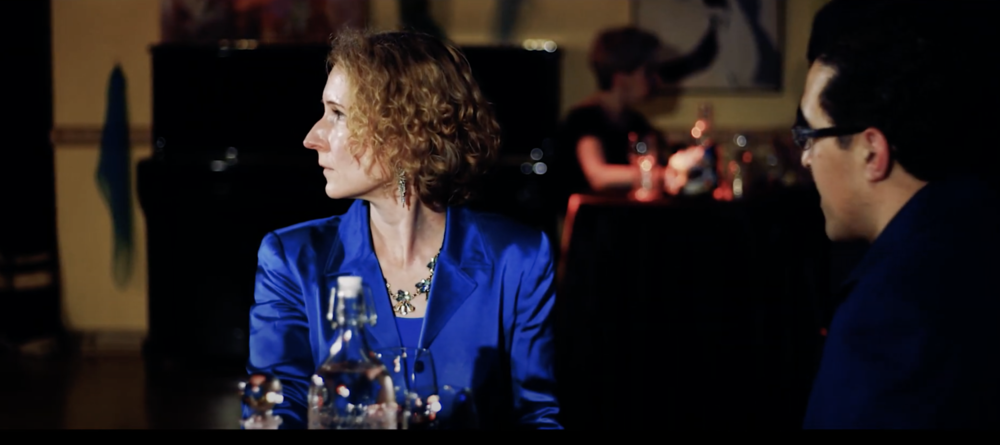
Surprisingly however, not all may agree with or even uphold the practice despite it being a part of the tango codigos. This is especially true for more modern dancers or tango communities outside of Buenos Aires, who often deem the mirada and the cabeceo as more of an inconvenience or a discomfiting act. In some cases, some may even feel offended by the idea that their chances of dancing with someone relies primarily on someone else's gaze.
In this day and age, is the cabeceo still a secret power, or just a secret offense?

A Matter of Perspective
The varying perspectives regarding the cabeceo may have something to do largely with cultural differences and the evolution of modern society relative to these cultural disparities. A post from Tango Integral provides a succinct background that puts the cabeceo into perspective:
“The cabeceo is really an Argentine cultural thing that goes beyond tango. Eye contact followed by nodding is a traditional Argentine seduction manner. One is able to see it almost at any social event early [in the] last century (when the Golden Age of tango took place). This cultural behavior still takes place over there, although it is not often seen among the young crowd.”
Thus, it stands to reason that since Argentine tango originated from Argentina, traditions that are accepted in Argentine society will come into play. However, for cultures falling outside of this sphere, this practice can seem less inclusive and even uncomfortable.

Tango High and Low further explains this point:
“Studies have shown that in so-called ‘contact’ cultures, such as South America and Southern Europe, people tend to gaze at one another more than in Northern Europe or Asia. If so, the use of looking, the use of the gaze as a means of invitation or sign of interest (which it is outside of tango, as well) would be a logical extension of a form of accepted social behavior. In a way, its later incorporation into a body of codes would simply be an adaptation to a new environment of what was an element of daily life in porteño society. That it would appear unique or unusual or problematic for North Americans, for example, would simply be a byproduct of cultural differences.”
Thus, in a North American tango community, for instance, it is not at all surprising for one to see the cabeceo being done away with altogether, much to the consternation of those who choose to uphold and follow traditional tango codes.
In some cases, dancers may not even be familiar with the mirada or cabeceo that invitations to dance are done quite differently — which is not to say that it is less awkward or uncomfortable than perhaps simply practicing the cabeceo.
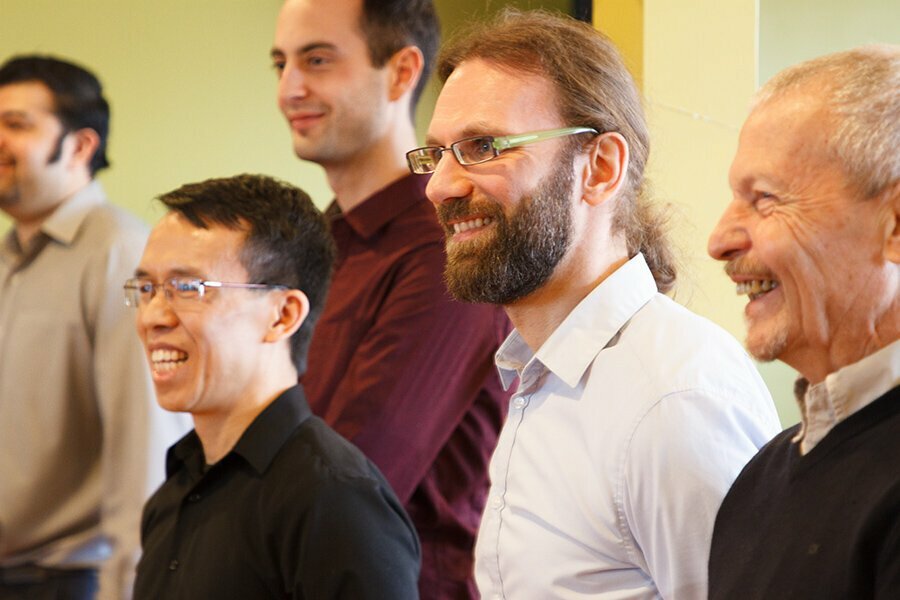
Tango Mentor shares an anecdote wherein the author of the blog was invited to dance on two separate occasions on the same night not by a prospective partner, but by their boyfriend or husband. He shares that after having a successful cabeceo with a woman, the woman’s boyfriend approached him after their tanda and asked him to dance with his girlfriend again. The author of the blog writes:
“What is so funny is that something similar happened again that evening. A guy approached me and asked me to dance with his wife. She was a great dancer as well.
“Later that night, when I talked about all this with a friend, it all became clear to me: these people are unfamiliar with cabeceo/mirada rule. This means that the girls do not have many options to invite people for a dance. If they want to dance with someone, they have to get up and approach to invite — which is super uncomfortable for most of the girls. So, they are asking someone close to them to do that for them.
“This experience revealed to me that the cabeceo/mirada rule is much more important for the ladies than it is to the guys — it gives them equal chances.”

Culture Clash
Following this logic, why then do some people — mostly Western women — feel as though the cabeceo is offensive or even oppressive? Once more, this seems like a matter of cultural differences.
One must keep in mind that in Argentina, men celebrate their masculinity and women revel in their femininity.
This mindset seems to run quite contrary to liberal Western perspectives about gender. In the West, like America, the push for equality may sometimes be understood as women wanting to have the freedom to behave as men do and vice versa. From a general societal standpoint, there is nothing inherently wrong with this, but Tango Voice does offer an insightful reminder: “A tango community has a social, political, and economic structure. It exists independently of other social dance communities and therefore is not subordinate to or a cohort within another social organization.”
In short,
tango has its own rules that do not conform to social codes outside of what it has established in the dance floor over the course of the years, no matter how complex or arbitrary these may seem.

Of course, one can choose to ignore these rules, but one cannot reasonably expect positive results.
Further to the cultural aspect, the blog In Search of Tango offers another reason why the cabeceo tends to be misinterpreted by Western women:
“Brought up in a culture that teaches women to be restrained, to keep a distance from men, to avoid intimacy, to not give men ideas, to let men chase you and not submit yourself too easily, this kind of attitude is understandable. But if you act like a newbie in the milonga, your chance of being invited is slim. Women, especially young women, should not confuse tango with courtship.
What the world taught you may not work in the milonga, where men approach you to dance with you, not to steal your heart.”

Misinterpretations tend to also be aggravated by the misconception that only men can practice the mirada and cabeceo. What tango etiquette generally suggests is to avoid walking up to a person and verbally asking them to dance.
However, it is not entirely true that only men can cabeceo. In fact, women must also be active participants in this non-verbal exchange.
According to Tango and Chaos: “While the cabeceo is one of the traditional codigos of tango, it is completely ‘gender neutral.’
“A woman doesn't need to sit and wait for a man to come over to ask her to dance, because the opportunity to either make or accept offers is exactly the same for both men and women.”
This means that women, like men, can scan the room with their eyes and make eye contact with whom they’d like to dance. Women also have the freedom to look away from a mirada, thus ultimately refusing the invitation. Milonga El Abrazo de Gainesville explains:
“Typically the man (leader) initiates the exchange, but the lady (follower) can always be very active with the mirada, looking interestedly at desired partners when they are ready and interested to dance. And even if she is talking with someone, she can still have her eye out on the floor and the crowd scanning to see if there are any inviting looks her way that she doesn’t want to miss. The lady can also nod to gentlemen to see if they want to dance and see if he nods back.”
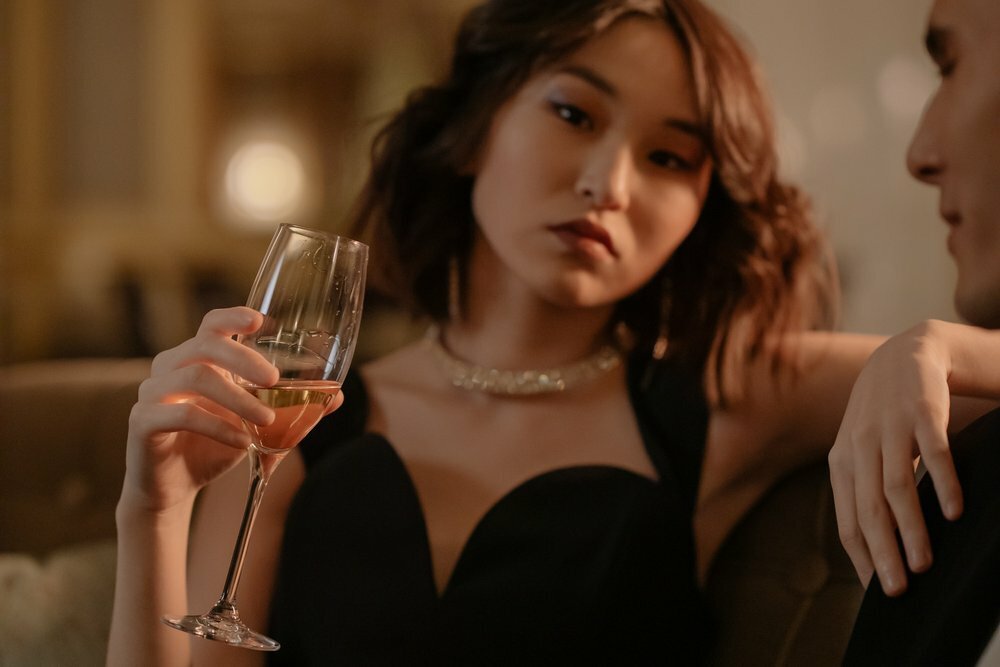
Context Is Key
Knowing all these, one can now go back to the question in the beginning: Is the cabeceo a secret power or a secret offense?
In a milonga, if one follows the rules of tango, which are mostly founded on respect — for the self, one’s partner, and other dancers — then the cabeceo is indeed a powerful tool that can elevate one’s tango experience to a positive level. However, outside a milonga, gazing at someone can mean different things that may be misconstrued as uncomfortable or offensive. The key, then, to all this is the context:
if the cabeceo is done within the context of a milonga, then there may be no reason to take offense. Outside of it, of course, is another story.
If you wish to learn Argentine Tango, we put our methodology in the book. You can reserve yours HERE.

